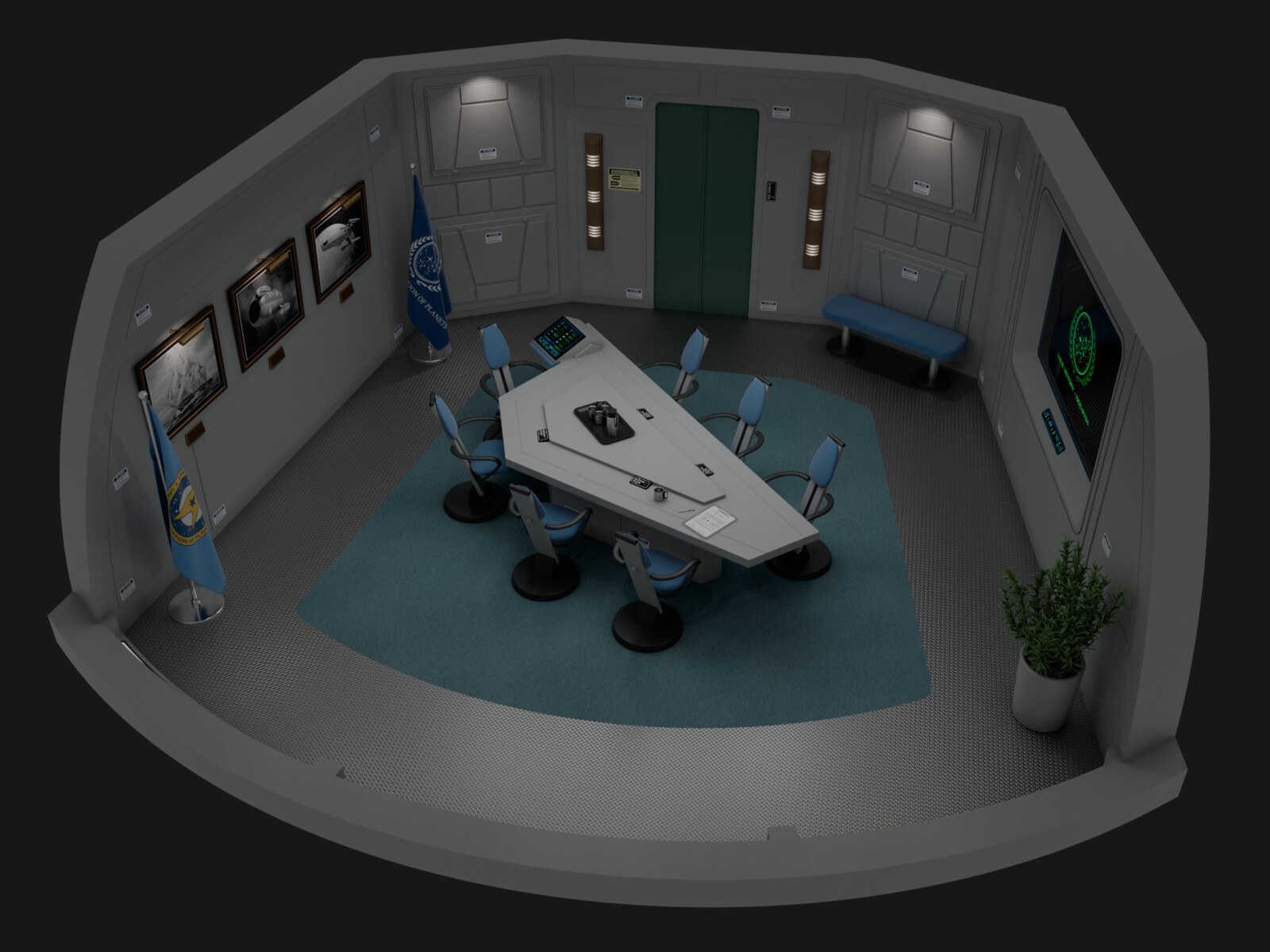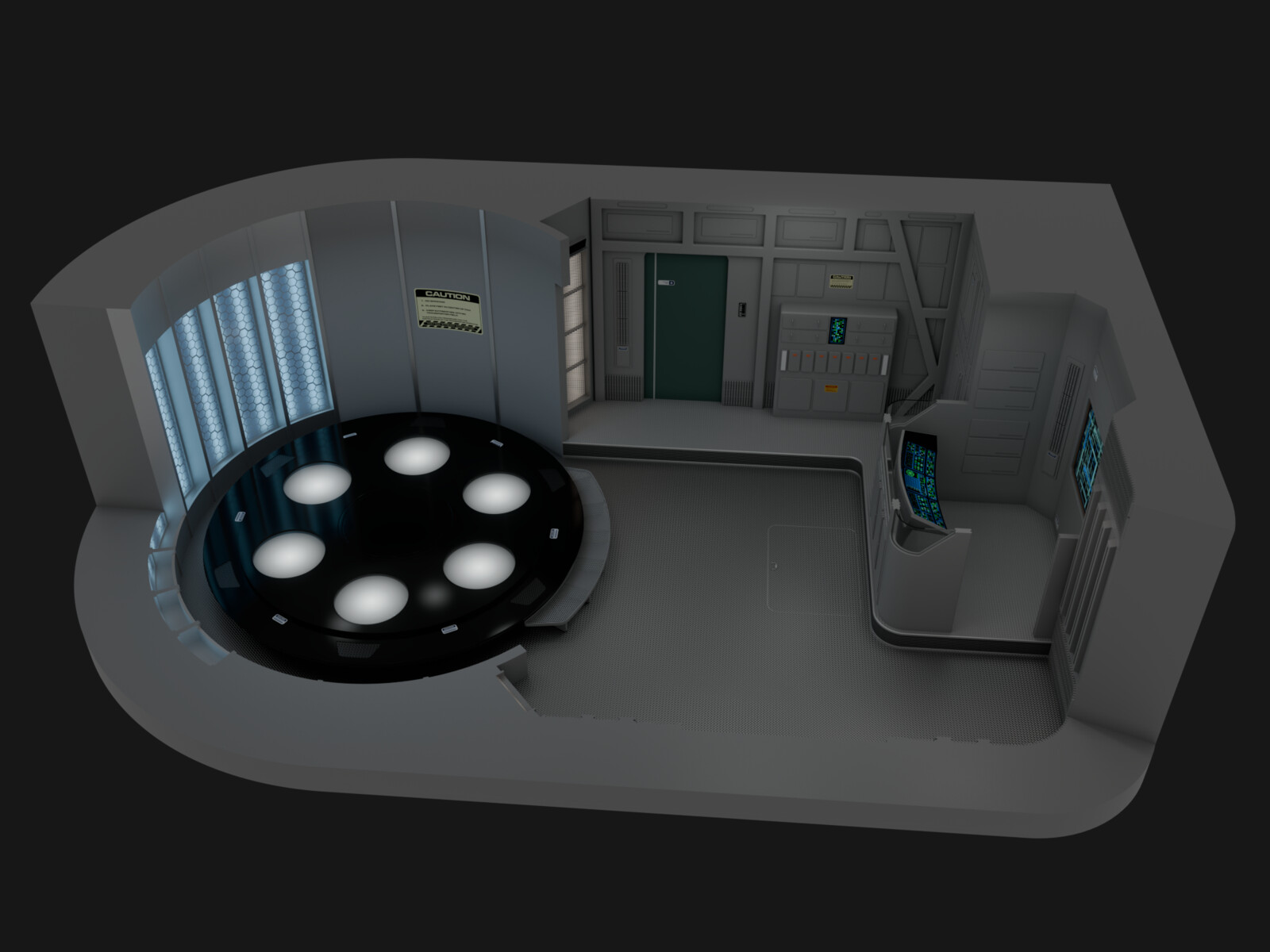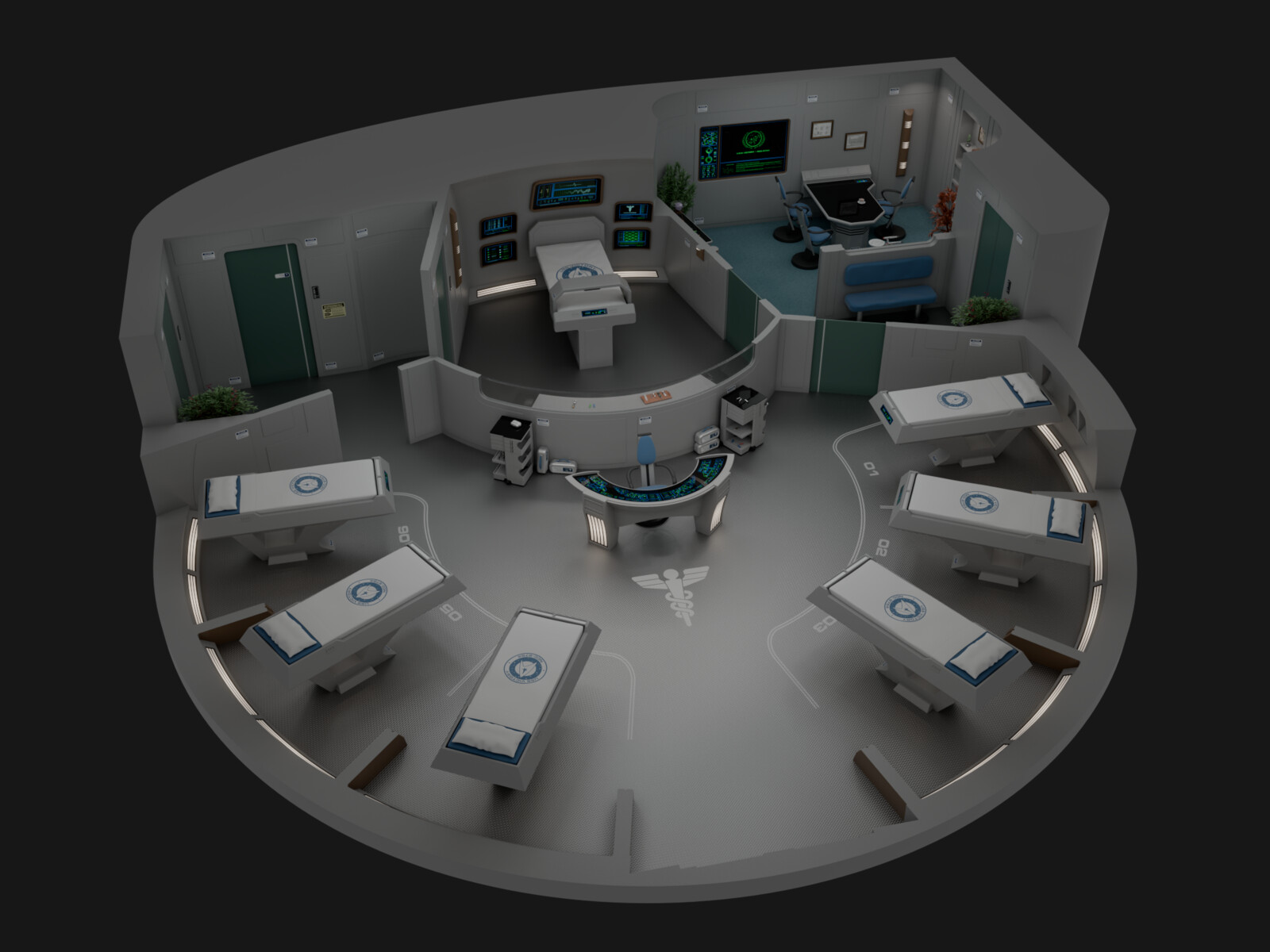Developed in the 2280's as a multi-purpose cruiser able to undertake both scientific and tactical roles, Constellation-class ships were initially expected to patrol and carry out intelligence missions around Klingon space. In case of a hostile incursion, a vessel of the class would intercept at high warp and hold the line on its own until reinforcements arrived. Because of this, resiliency and redundancy were core factors of the design, leading to a vessel with two independent pairs of warp nacelles, two impulse engines, multiple fusion reactors, and seven shuttlebays.
Difficulties with the implementation of separate warp power systems delayed test flights significantly, so much so that the class prototype NX-1974 was still undergoing trials when the Khitomer Accords were signed in 2293. Without the Klingon threat, there was little need for all the redundant systems. The prototype and subsequent ships of the class were fitted with a single warp power system feeding all four nacelles, an inefficient solution which increased maintenance requirements beyond expectations. Constellation-class ships were thus only produced in small numbers, most of which were retired by the mid 24th century.
Victory was nearly 80% complete when the Khitomer Accords were signed. Starfleet Command evaluated scrapping the vessel before completion, however Admiral Gihlan from the Copernicus Ship Yards, who oversaw the development of the Constellation class, convinced Command to carry on with construction, modifying Victory to instead fill a standard heavy cruiser role.
Following an initial period of uneventful patrols of the Tholian border, Victory quickly proved its usefulness when a plague struck Epsilon Canaris III on stardate 13408.7. Despite not being assigned to the relief efforts, Victory's powerful warp engines allowed the ship to reach the afflicted planet faster than any other vessel, where its vast shuttlebays were quickly converted into quarantine areas for the sick population, helping to quickly isolate the virus and develop a cure. By the time the medical ship Houssay reached the planet, Victory already had the situation under control, impressing both the Epsilon Canarians and Starfleet Command.
Initially thought of as an obsolete ship before even leaving drydock, thanks to the ingenuity of its crew Victory became an example of how cold-war era ship designs could excel at peace-time roles.






